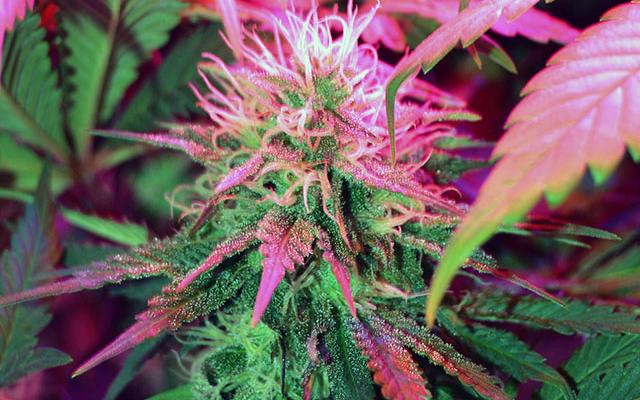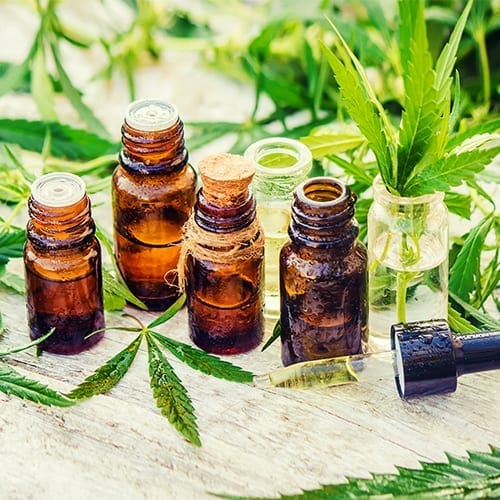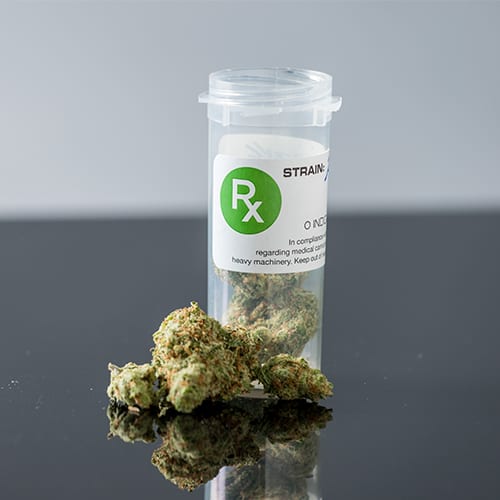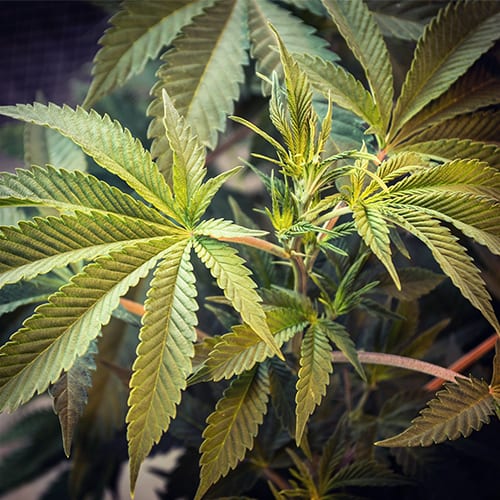
The use of herbal cannabis eases symptoms in adults suffering from ADHD (attention deficiency hyperactivity disorder), according to clinical trial data presented at an international symposium on cannabinoid therapeutics last month.
German researchers evaluated the effects of marijuana in 30 patients suffering from ADHD. All of the subjects participating in the trial had previously tried various forms of conventional therapies, but their condition had proven resistant to alternative treatments. Under German law, patients who are unresponsive to government-approved medications may apply with the Health Ministry for a waiver to use medicinal cannabis.
Subjects experienced a mitigation of ADHD symptoms, including “improved concentration and sleep, and reduced impulsivity,” following cannabis therapy, researchers reported. Twenty-two of the 30 patients in the cohort elected to discontinue their use of pharmaceutical drugs during the study period—instead opting to solely use cannabis to treat their symptoms.
Despite anecdotal reports regarding the use of marijuana to address ADHD symptoms, clinical data on the subject is minimal and, to date, no state includes the disorder as a qualifying condition eligible for cannabis therapy. (Only two jurisdictions, California and Washington, D.C. permit doctors to recommend medicinal marijuana solely at his or her discretion.) A prior case study, published in 2008, reported that the administration of oral THC (in the form of the FDA-approved drug Marinol) “had a positive impact on performance, behavior and mental state” of a 28-year-old subject diagnosed with the condition.
Attention deficiency hyperactivity disorder is a condition that it typically identified in children and may persist into adulthood. The disorder is typically characterized by hyperactivity, impulsivity, forgetfulness, difficulty paying attention and a lack of organization and prioritization skills. Approximately 11 percent of school-aged children in the U.S. have been diagnosed with the disorder, which is commonly treated with the use of amphetamines or amphetamine derivatives.
Source – PAUL ARMENTANO





